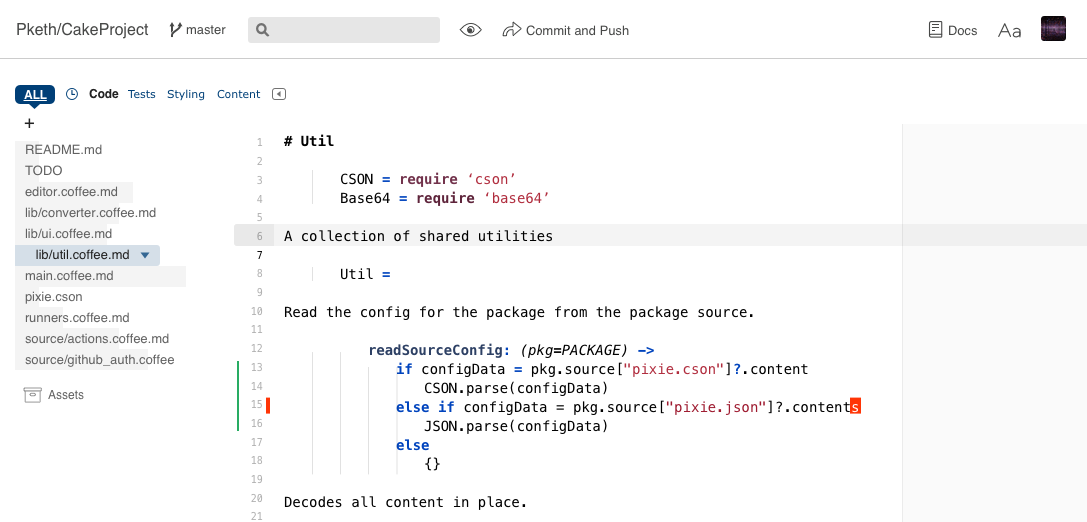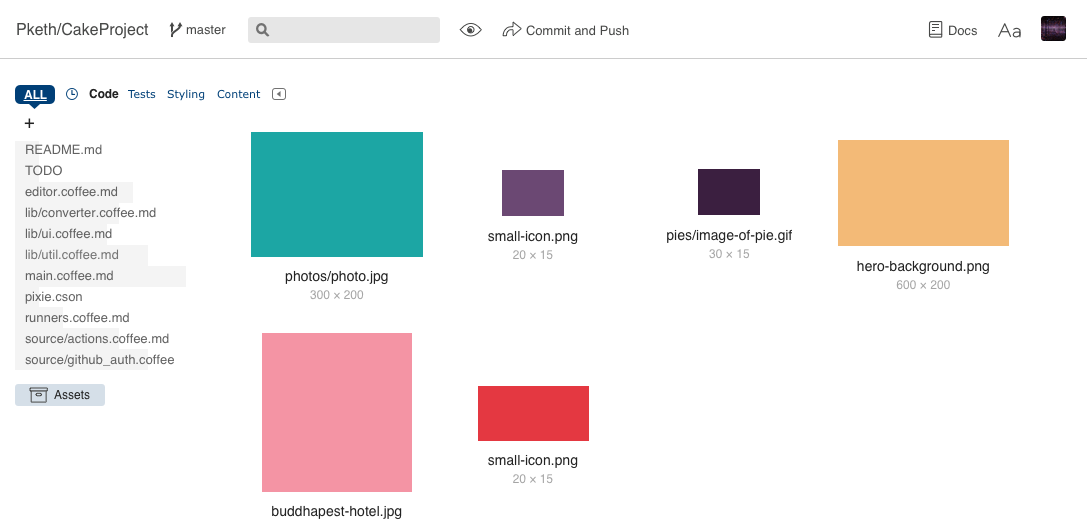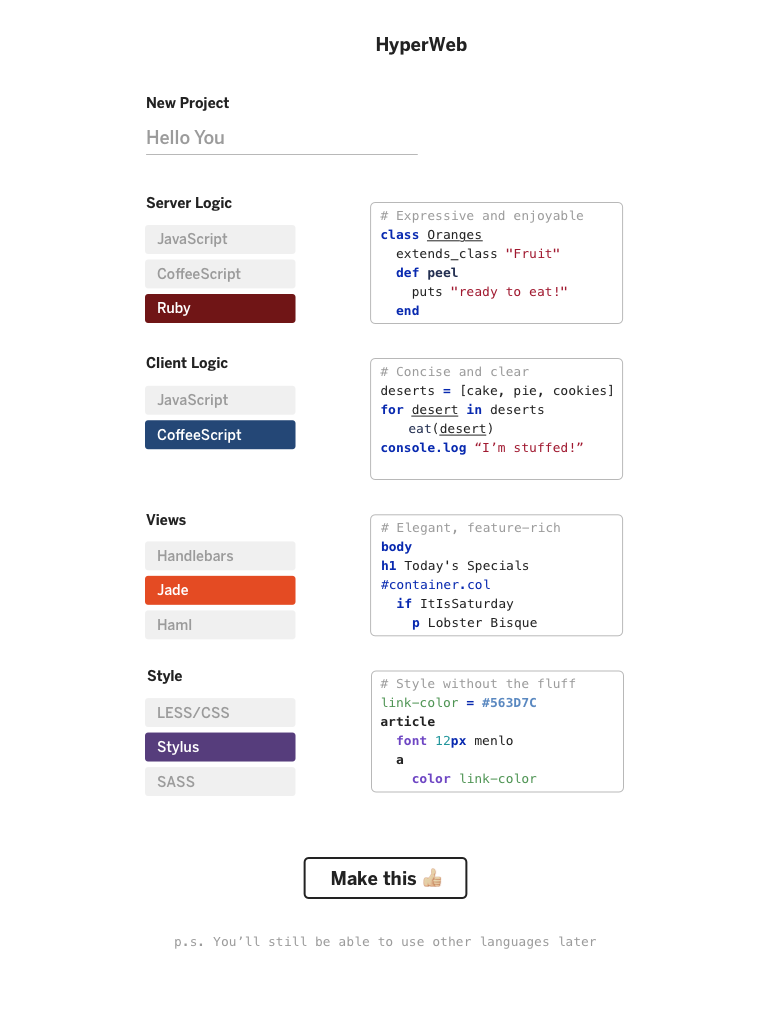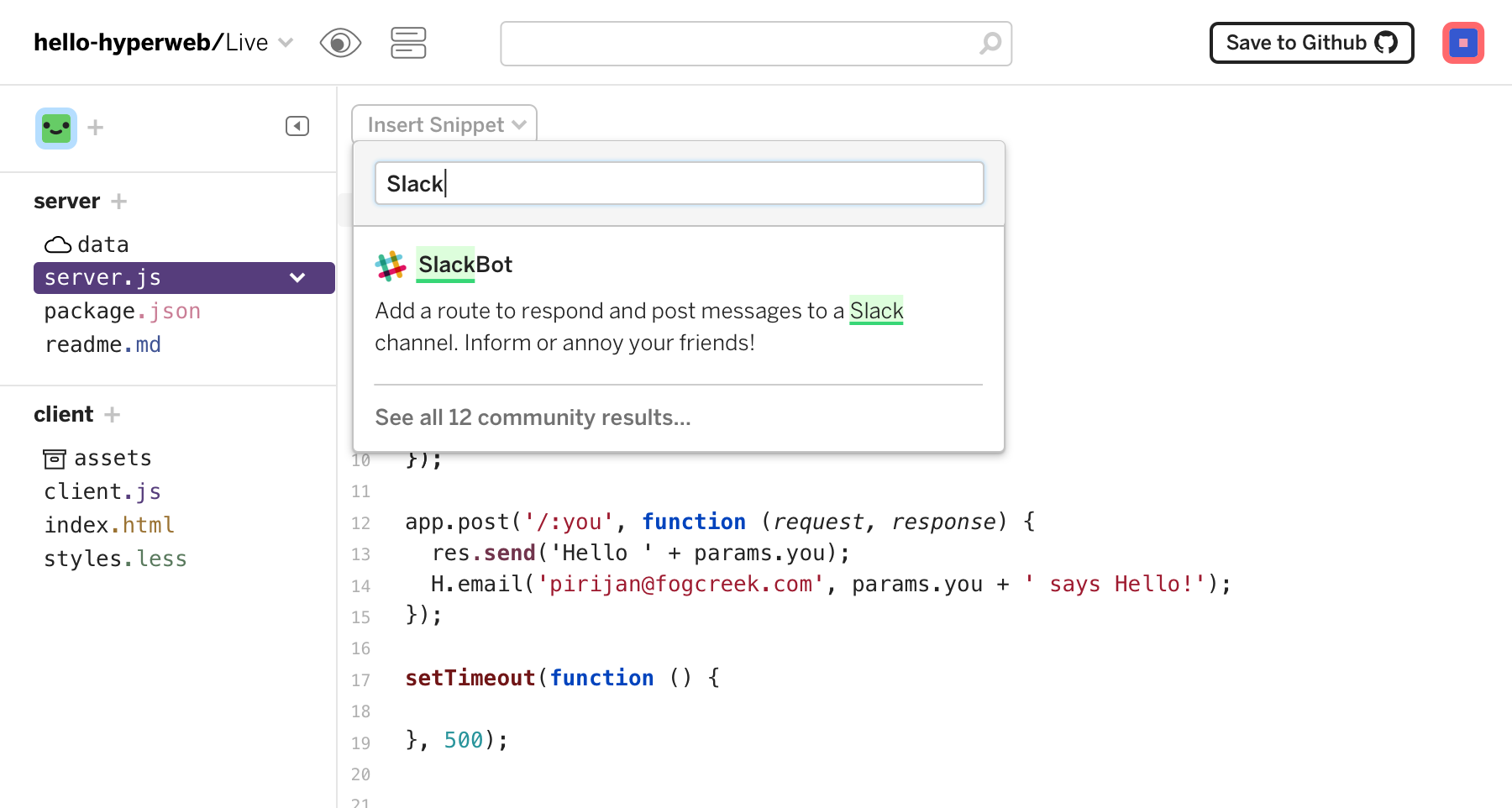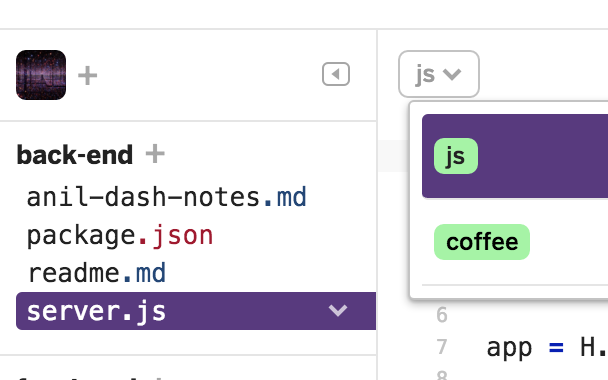In the course of my life, sometimes someone will bring up something semen related and I’m excited. Not because semen, but because there’s a chance we’ll get to talk about biology.
The neuroscience of poverty studies the relationship between brain pattern development in children and well, poverty. According to Newsweek, recent studies in the field have found that impoverished children tend to have less grey matter (associated with design thinking, problem solving, impulse control and emotional control) and lower brain surface areas than children from families bringing home $150,000 or more a year.
The nurture part is pretty straightforward; it’s no surprise that having a head start in life gives you a head start in life. The nature part, tying social success to inherent biological capability, is where things start to get umm.. shady.
The history of eugenics is the history of simple people thinking that simple correlations could explain the world. So it goes: if poor people tend to be mentally inferior than we’ll have a smarter society if we eliminate the poor. Oh what’s that? The poor are disproportionally colored too? Yeah I guess we should get rid of them too then. Context and reality? Too messy. TLDR.
Does brain size even matter? Why didn’t whales – with their much larger brains – create the iPhone? Neurologically speaking, we don’t know shit about how the brain actually works and adapts. We’re still just poking stuff and seeing what happens. The console.log approach.
To lighten the mood a bit, lets say you design something that, I don’t know, makes it easy for people to write cool web apps. It’ll only be a matter of time before,
Hey listen. Google Analytics told me that people who use [Esoteric Feature X] are 200% more likely to upgrade their account. So if we make sure everyone knows about it we’ll get twice as much money!
Um, we made [Esoteric Feature X] for people who aren’t our core user group and have a special workflow. It isn’t really relevant to most users.
Yeah, but no. Money son!
*Makes Feature X shout at users to use it*. Most people ignore it and nothing changes, except now the interface is worse because relevant features are harder to find.
This doesn’t mean we can’t ever know things. Actually, you can know the most important thing: what are people trying to get done with your product?
👷 “I’m a carpenter, I use this saw to cut wood to the right size”
🙋 “I’m a developer, I use HyperDev to get my ideas on the internet”
🐴 “I’m a horse, I wear this saddle so people can ride on me without their balls hurting”
Your cool product may do lots of things and have lots of features, but there’s always a core job-to-be-done that people are there for.
Correlations and metrics can be handy (“Does anyone actually use Feature X?”). Design isn’t neuroscience though, we don’t have to poke and hope. We can mindfully help people do the job they want to do quickly, conveniently, and make them feel good about it. They’ll feel good about you too.
 Kinopio
Kinopio

